Elite archers' fitness rates in competitive adaptation process
Фотографии:
ˑ:
Dr.Hab. L.V. Tarasova1
Postgraduate Y.N. Zubarev1
1All-Russian Research Institute of Physical Culture and Sport, Moscow
Keywords: competitions, adaptation, archers, physical fitness, functionality, special fitness, functional reserves.
Background. Today a high priority is given to the problems of athlete’s competitive adaptation mechanisms for the reason that multiple factors are known to be of effect on the sport shape retention by elite athletes during competitions. Our analysis of the relevant study reports with concern to the time-zone adaptation and sport shape retention mechanisms made it possible to identify a few aspects of the bodily biological abilities and qualities of special importance for physical fitness and performance being kept up under pressure from a variety of external and internal environmental factors, with the due internal homeostasis being maintained in operations of different functional systems [1, 5]. Recent study reports on the problems of athletic training have confirmed the adaptive bodily responses being in correlation with intensity of physical loads [1-4].
Objective of the study was to find variations of elite archers’ physical fitness rates in the competitive adaptation process and the factors of influence on the sport shape retention process.
Methods and structure of the study. Subject to the study were elite archers in the period of their training for the XXXI (2016) Olympic Games in Rio-de-Janeiro. The study data generated by the prior tests during high-ranking competitions in Bronnitsy, Russia (Moscow Province) were compared with the test data obtained in the precompetitive training period in Marica, Brazil and during the test events in Rio-de-Janeiro, with due consideration for the 6-hour time-zone difference (Russia versus Brazil), plus the flight time of 16 hours including the layover in Lisbon, Portugal.
The athletes’ time-zone adaptation training program totalled 14 days including two 4-day training micro-cycles. Special training loads of the elite archers were increased to 330 shots per twice-per-day training session by the third day of the micro-cycle. In addition, the athletes were engaged in body conditioning practices.
Study results and discussion. The graded-load performance test data obtained using the Ruffier-Dickson Index were indicative of the typical sagging in functional stress of the regulator mechanisms (FS =3.2 conv. units) only by day 6 following the athletes’ arrival date in the context of positive variation of the cardiovascular system (CVS) functional reserve rates (FR=45.9 conv. units): see Figure 1.
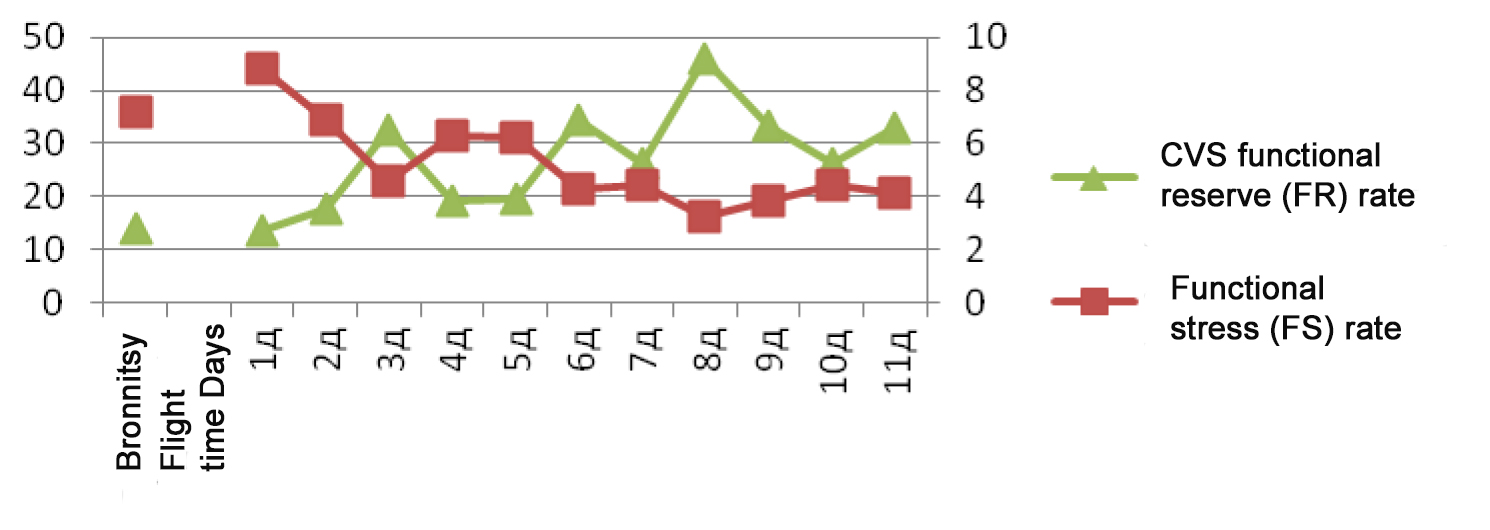
Figure 1. Functional reserve rate variation
Of special interest for the study purposes was the tense variation of the heart rates (HR) in the orthostatic probe in the first 6 days after the arrival to Brazil and in the test competition start-up period (day 14) indicative of the high excitation rate of the vegetative tonus in response to the stressor.
Levelling of the morning and evening HR on day 7 shows the athletes’ functional reserves being balanced: see Figure 2.
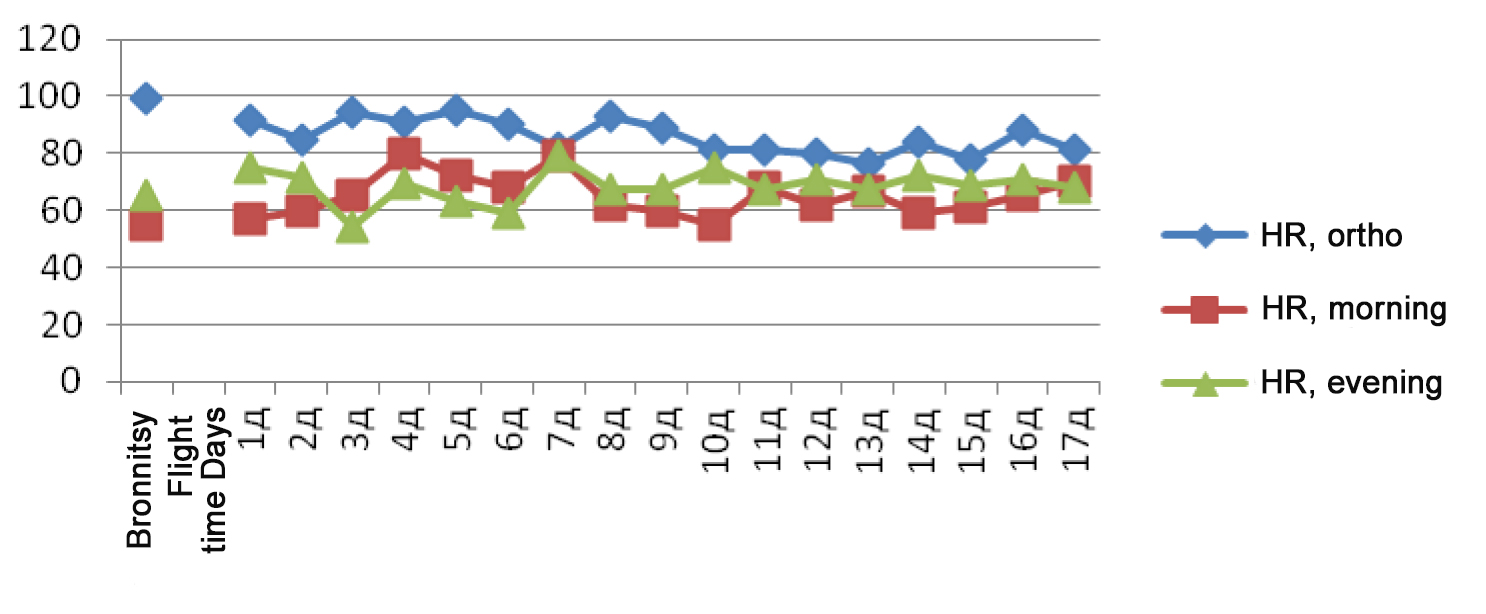
Figure 2. Heart rate (HR) and orthostatic stability variation
The Stange-Gench's Breath-Holding Test data showed a positive variation of the respiratory system performance in the breathing exercise execution process as a key component of special working capacity and good recovery: see Figure 3.
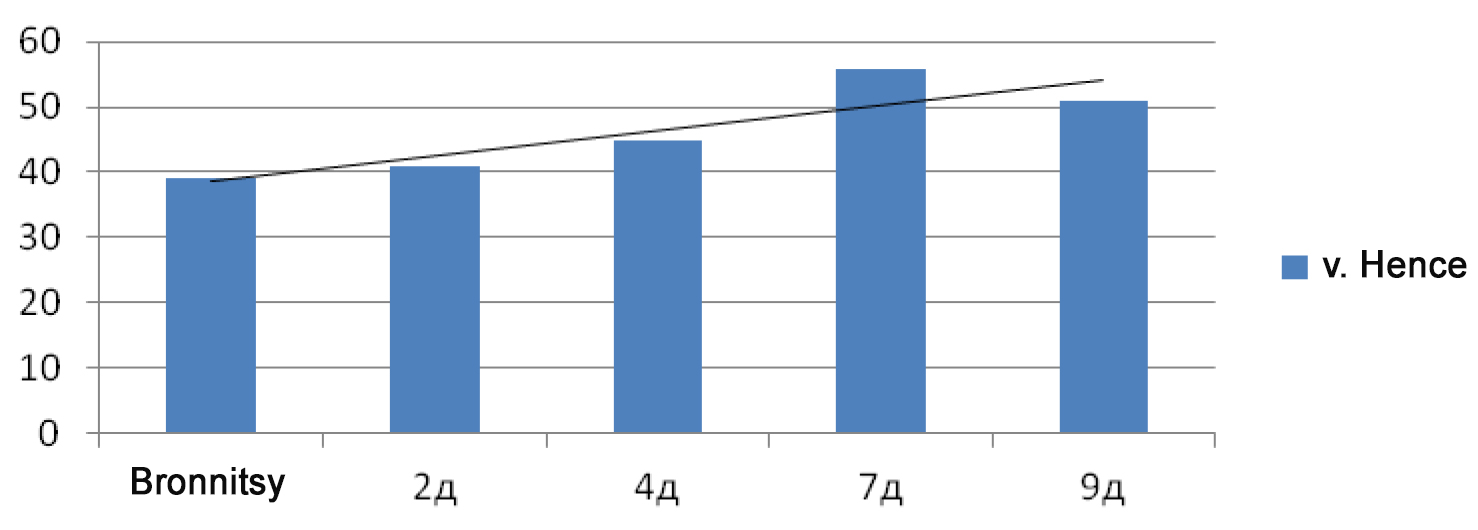
Figure 3. Respiratory system performance variation rates obtained using Stange-Gench's Breath-Holding Test, s
Body weight stayed virtually the same whilst the body fluids were tested to fall since day 4 as verified by the calcium and magnesium levels: see Figures 4 and 5.
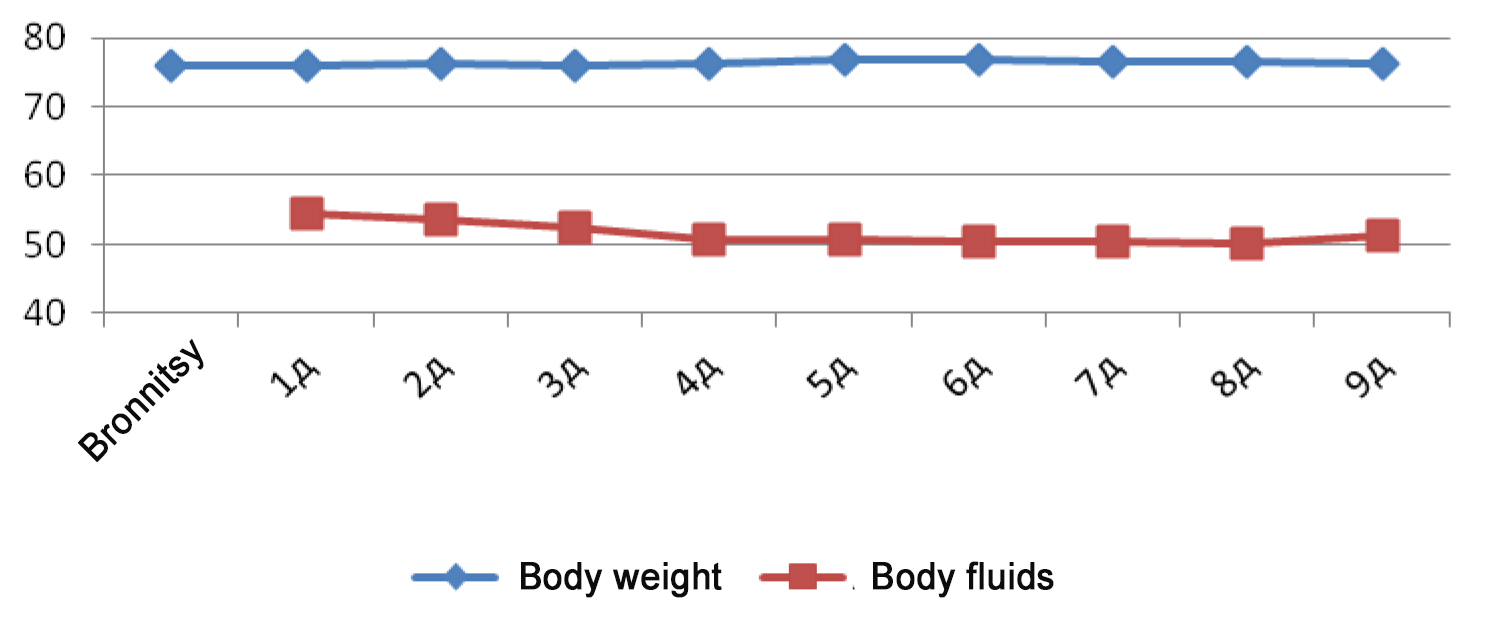
Figure 4. Body weight versus body fluids test data
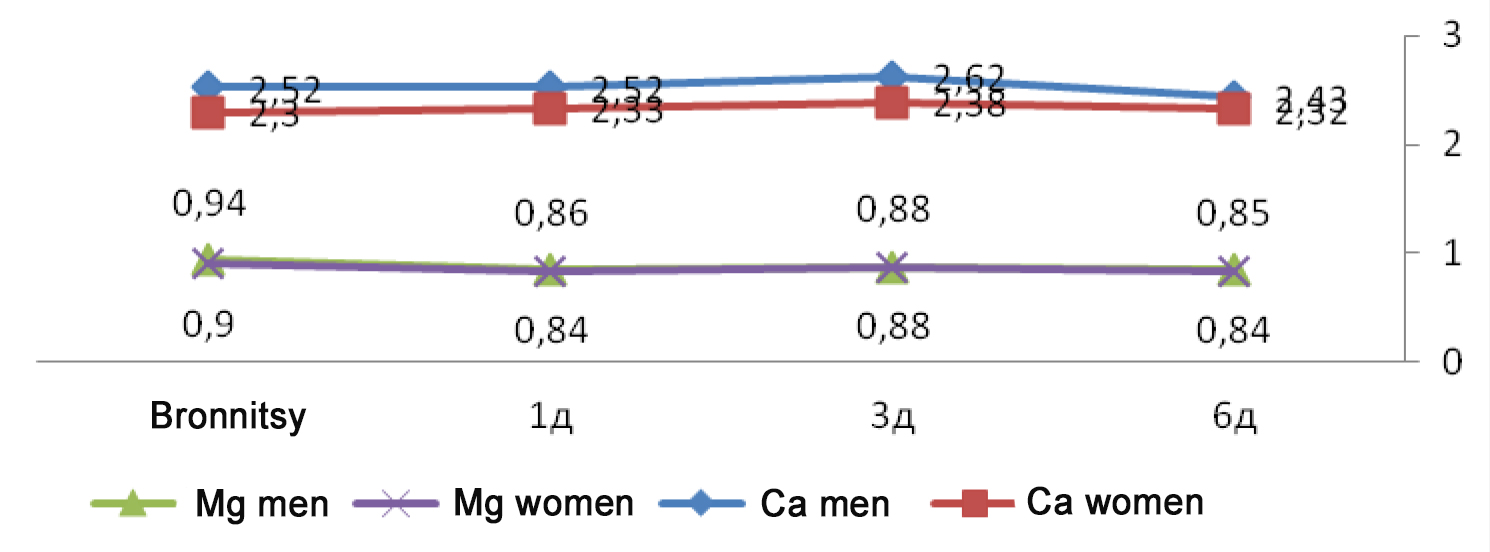
Figure 5. Calcium versus magnesium gender-specific levels
The special working capacity test data showed it sagging along with the special agility growth trends by day 4 since the arrival date: see Figure 6.

Figure 6. Special agility and endurance test rates
The temporal shooting rates stayed virtually unchanged for the first two days, whilst the concentration of hits was found to grow and come to maximum on day 3 followed by the sagging trend till the competition start-up date: see Figure 7.

Figure 7. Concentration of hits versus the shooting time, s
Conclusion. The elite archers’ training load profiling versus the competitive adaptation process rates made it possible to find limitations in their physical fitness variations over the training period.
References
- Abramova T.F., Ozolin N.N., Kon'kov A.F. Optimizatsiya adaptatsii – usloviya effektivnoy trenirovki [Optimization of adaptation - conditions for efficient training]. Teoriya i praktika fiz. kultury, 1993, no. 8, p. 34.
- Iordanskaya F.A., Yudintseva M.S. Monitoring zdorovja i funktsionalnaya podgotovlennost vysokokvalifitsirovannykh sportsmenov v processe uchebno-trenirovochnoy raboty i sorevnovatel'noy deyatelnosti [Health monitoring and functional fitness of elite athletes during training and competitive activities]. Moscow: Sovetskiy sport publ., 2006, 184 p.
- Kolomeychuk O.V. Kharakteristika gipoksicheskoy ustoychivosti sportsmenov razlichnykh spetsializatsiy [Characteristics of hypoxic stability of athletes majoring in different sports]. Teoriya i praktika fiz. kultury, 2013, no.1, pp. 26-30.
- Nudelman L.M. Interval'naya gipoksicheskaya trenirovka v igrovykh vidakh sporta [Interval hypoxic training in team sports]. Teoriya i praktika fiz. kultury, 2006, no. 2, pp. 37-39.
- Yashina E.R., Abramova T.F., Tarasova L.V. Dinamika funktsionalnogo sostoyaniya vysokokvalifitsirovannykh sportsmenov, zanimayushchikhsya pulevoy i stendovoy strelboy [Dynamics of functional states of elite bullet and shotgun shooters]. Vestnik sportivnoy nauki, 2016, no. 4, pp. 22-28.
Corresponding author: info@vniifk.ru
Abstract
Modern developmental trends in archery are dictated by the growing numbers of top-ranking events the world over and the growing competition for leadership in the sport with the naturally growing role of the competitive adaptation mechanisms in elite sport and the need for studies of these mechanisms. Tests to rate the elite archers’ physical fitness variations in the course of their adaptation to competitive environments have confirmed the need for special efforts to improve their physical fitness.




